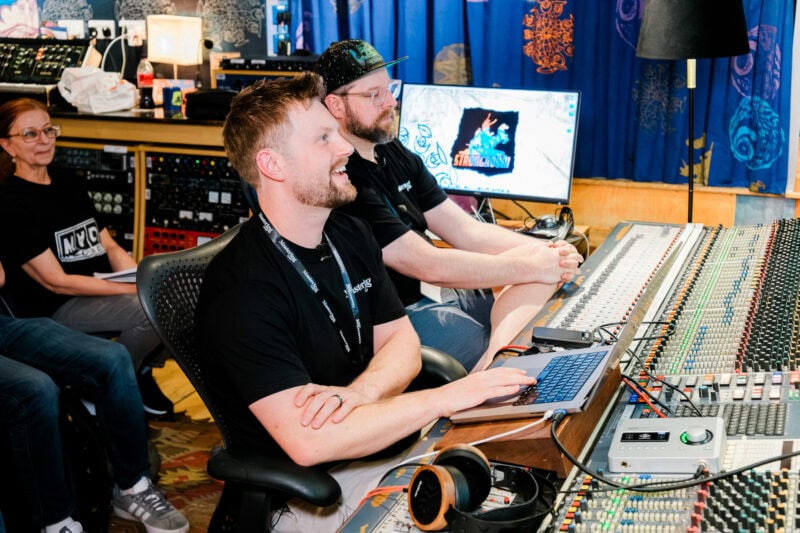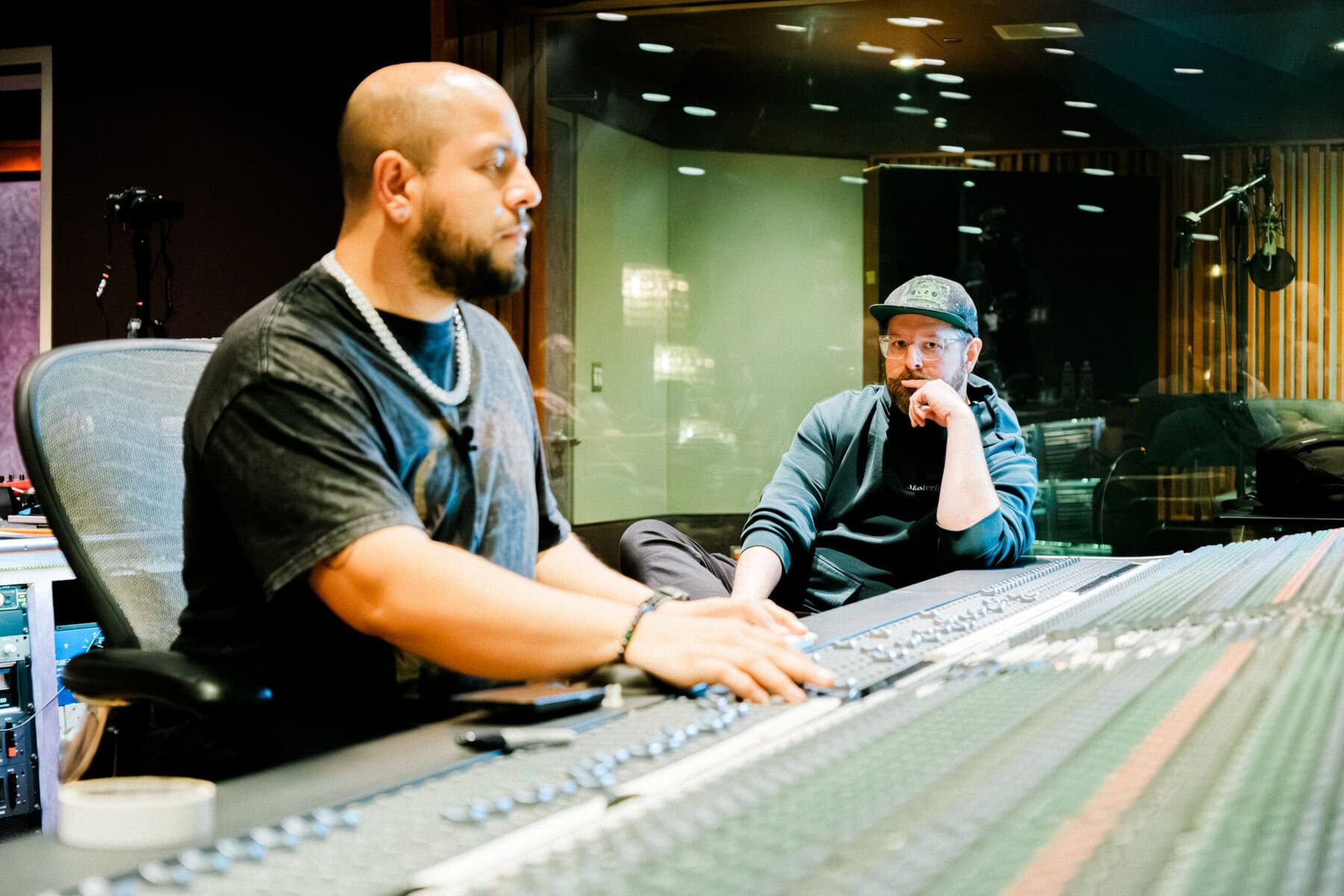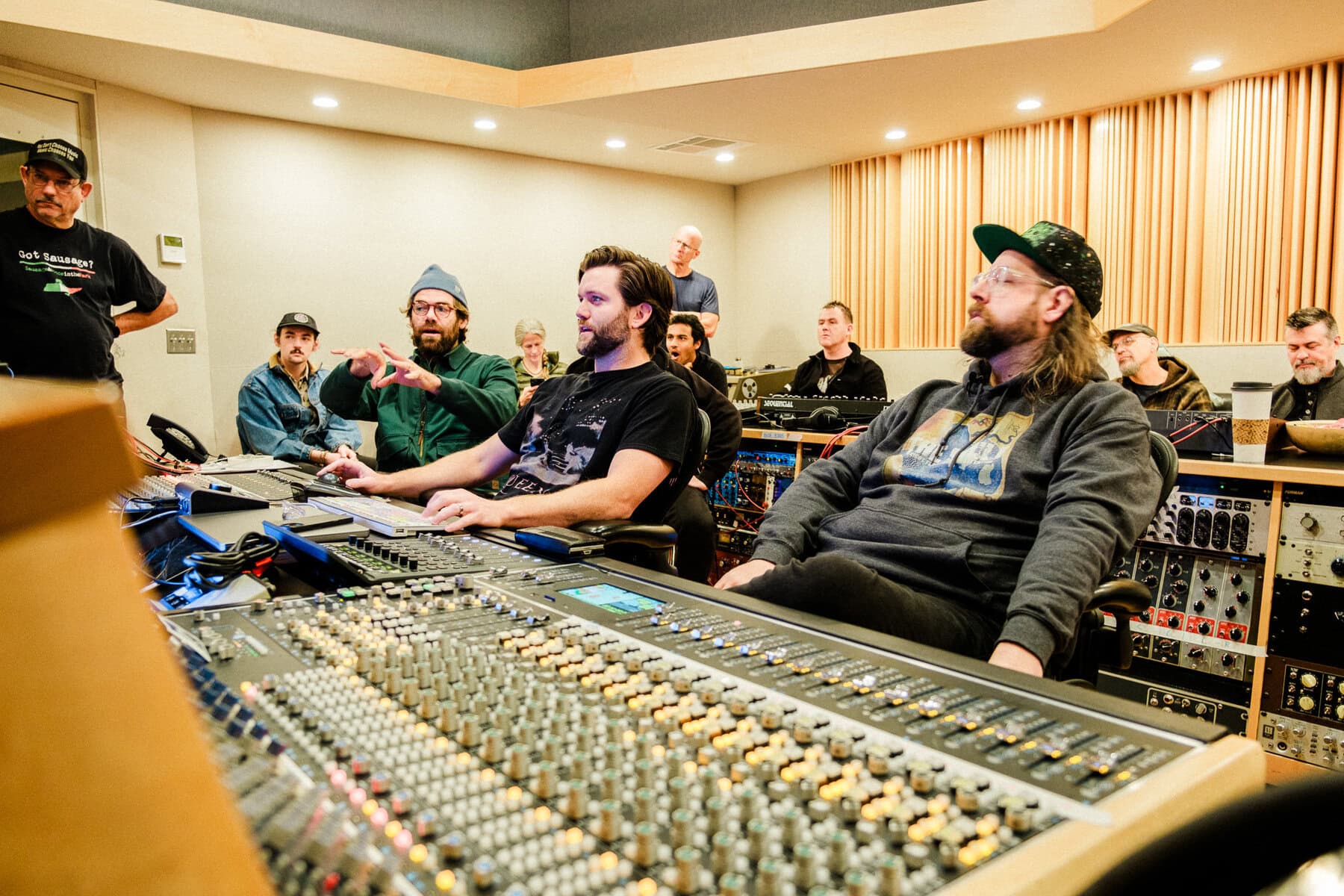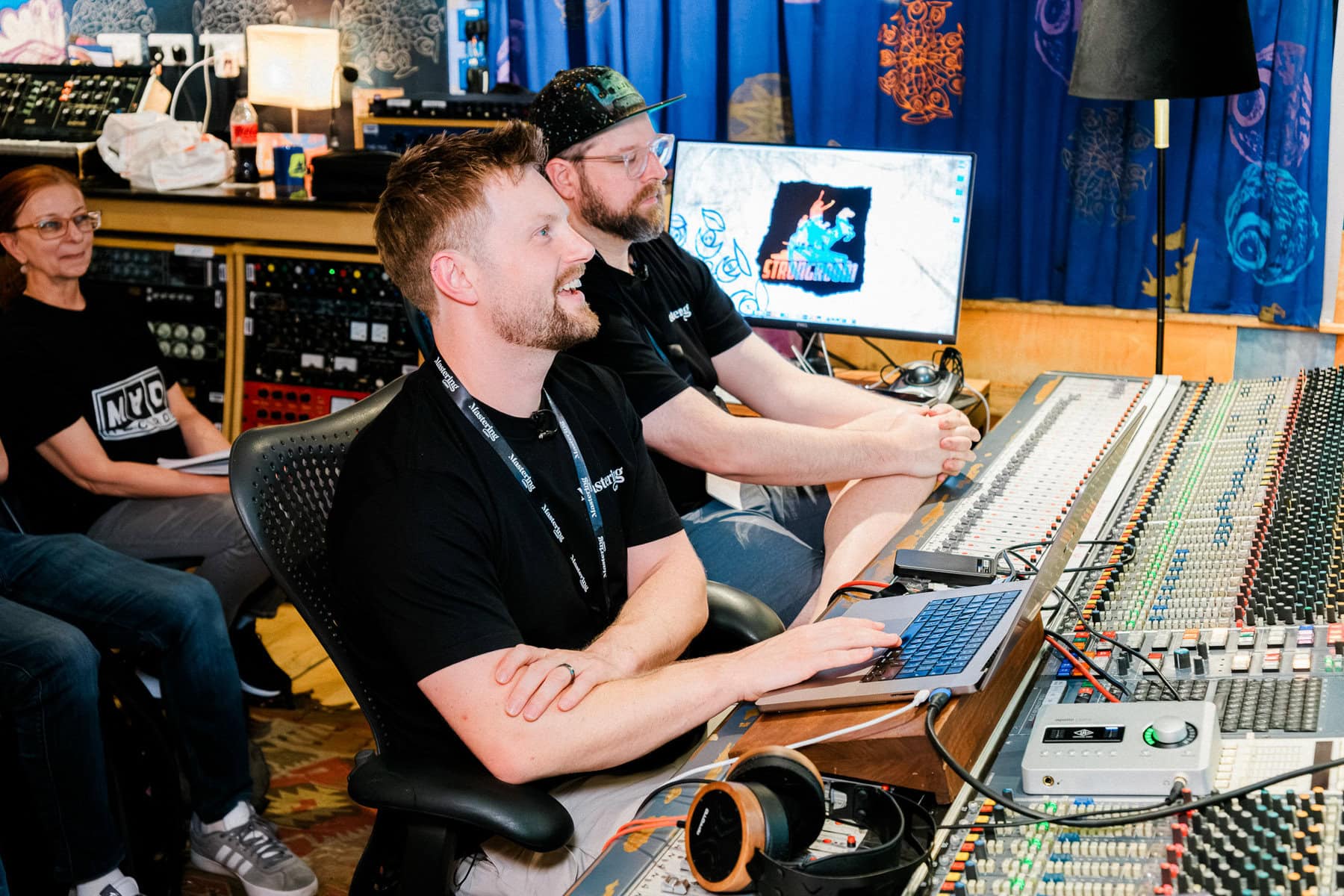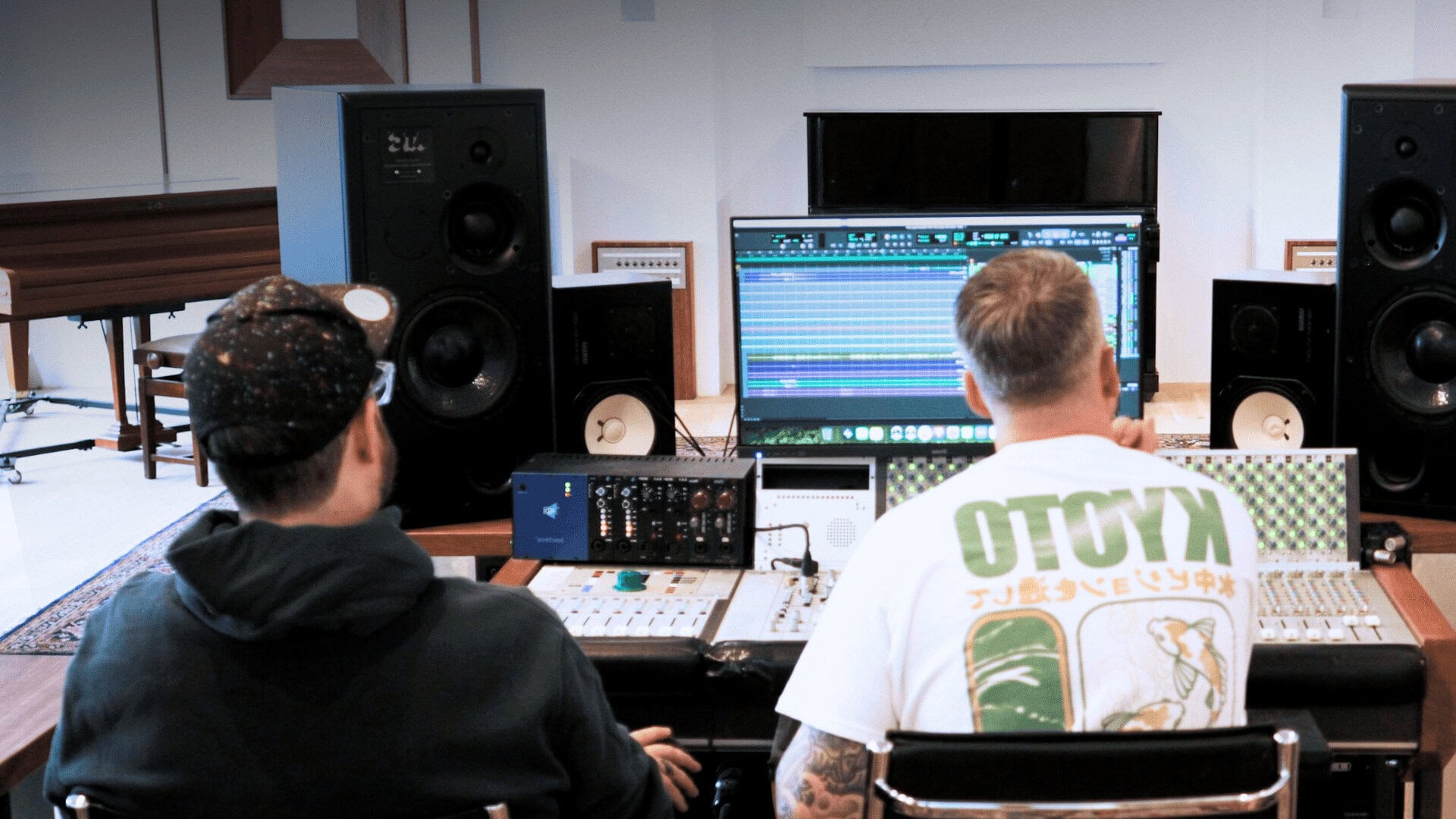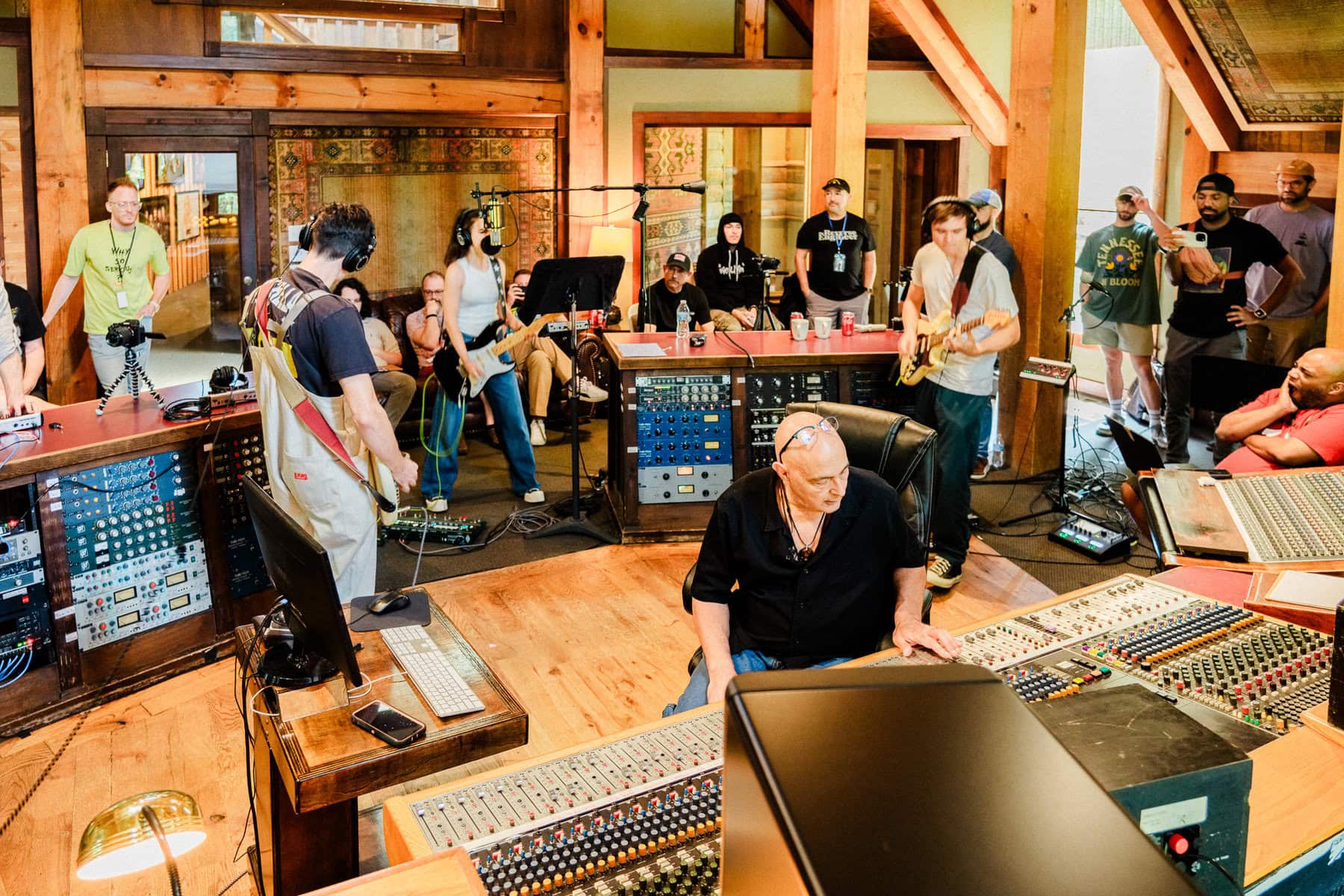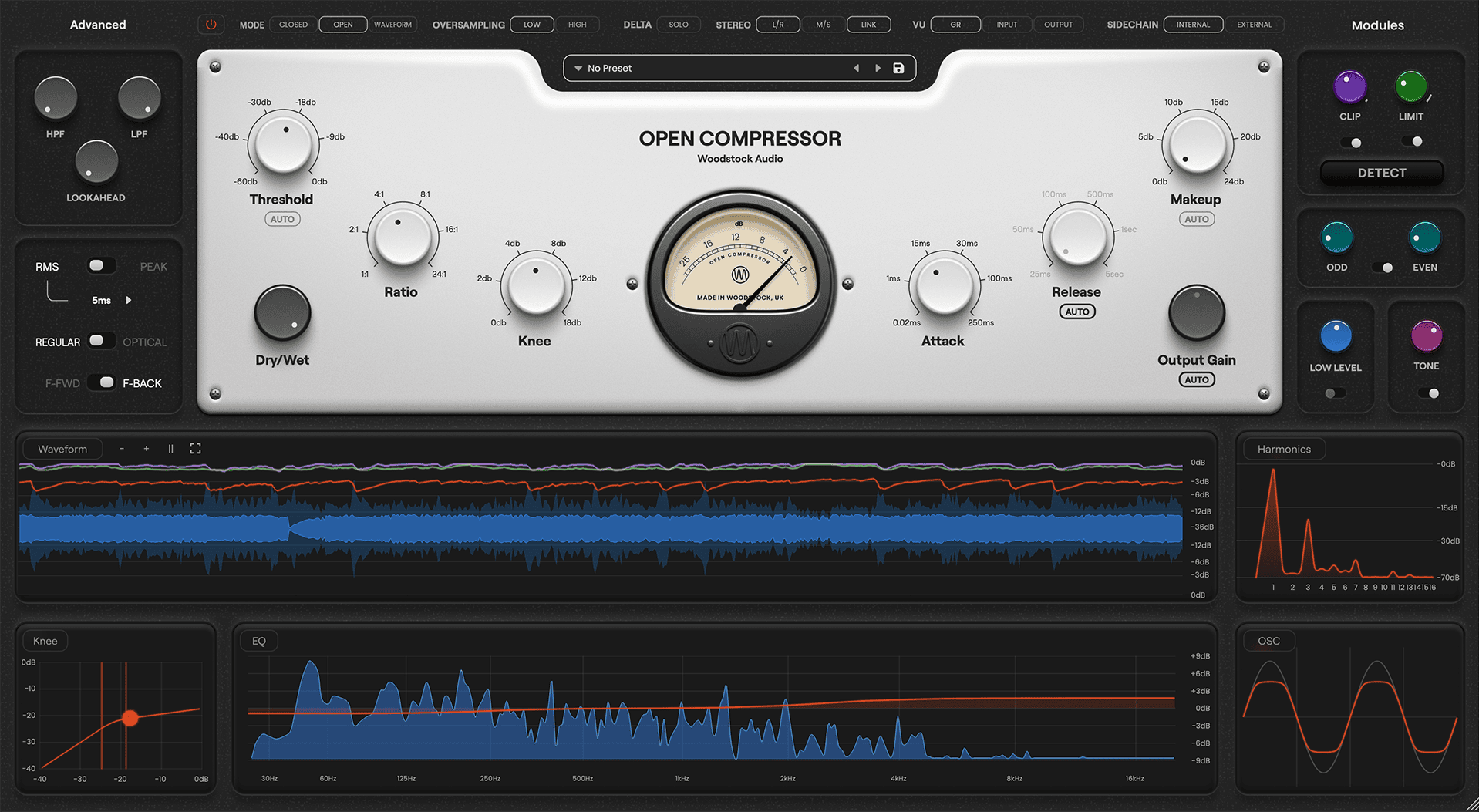Parallel processing is one of the most powerful tools in modern mixing, but it’s also one of the easiest to overdo. When used properly, it gives you punch, excitement, and control without sacrificing the natural dynamics of your track. Let’s look at how to make it work for you.
What Parallel Processing Really Means
At its core, parallel processing is about blending a heavily processed version of a signal with the original dry one. Instead of crushing your drums with compression or over-saturating vocals, you do that processing on a duplicate channel, then mix it back in until it feels right. The goal is to enhance, not replace. Think of it as having two faders for the same sound: one clean, one intense. You get to decide how much “flavour” you want to add without losing clarity or life.
Parallel Compression: The Classic Example
Drum buses are where most mixers first fall in love with parallel compression. Send your drums to a separate bus, hit that bus with a fast, aggressive compressor, and then blend it in until the transients pop and the groove feels glued. The trick is restraint. You want energy and density, not a lifeless wall of sound.
Tip: Start with the parallel channel’s fader all the way down, then slowly turn it up until the drums just start to jump out. If you can clearly hear the compressed signal on its own, you’ve gone too far.
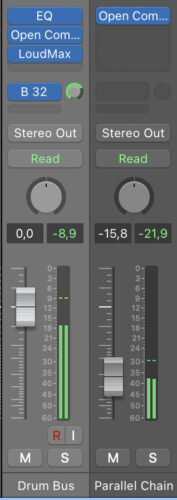 or
or 
(you can use a bus or the dry/wet knob on the compressor for this effect)
Beyond Compression: Creative Parallel Chains
Parallel processing isn’t just for compression. Try it with saturation to add warmth and edge, distortion to make vocals cut, or even reverb for depth that doesn’t wash out the mix. You can also stack processors in series on the parallel bus (for example, saturator into EQ into limiter) to create controlled chaos that enhances character while keeping your main mix clean.
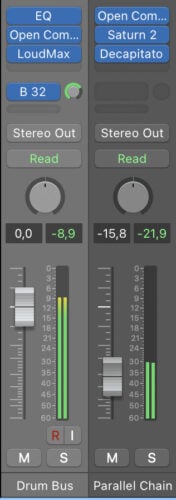
More Than Just Processing
Another well known parallel trick is to duplicate a vocal or melodic instrument part and transpose it down or up an octave and subtly blend it in to beef up a sound. That on it’s own is already powerful but now combine it with the over the top processing techniques from above for even more power.
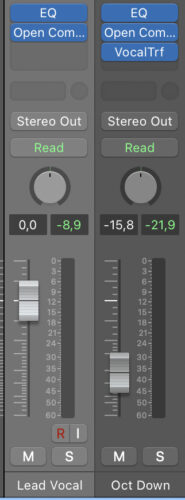 or
or 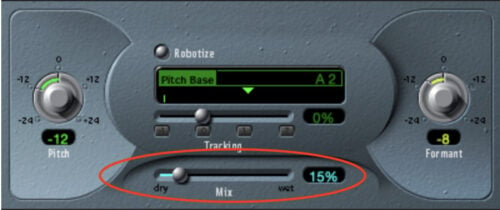
(you can use a bus or the dry/wet knob on the vocal transformer for this effect)
Setting Yourself Up for Success
Keep gain staging in check. Parallel chains will add volume and can trick you into thinking something sounds better when it’s just louder. Always level match and A/B test your before and after to be sure.
Takeaway
Parallel processing gives you the best of both worlds: power and precision. Use it to bring out excitement and energy, but remember it’s all about balance. When in doubt, blend until it feels alive, not forced.
If you’re ready to dive deeper or learn how exactly to dial in a parallel chain, check out this video Jake this a couple years about about parallel compression in a vocal mix!
Until next time,
Rob

